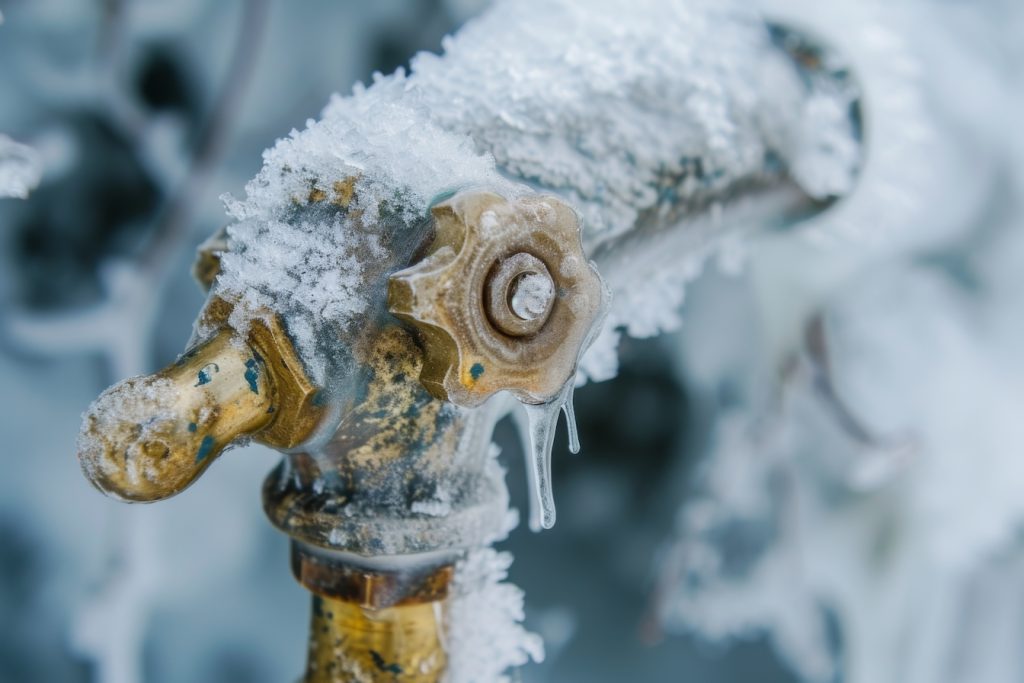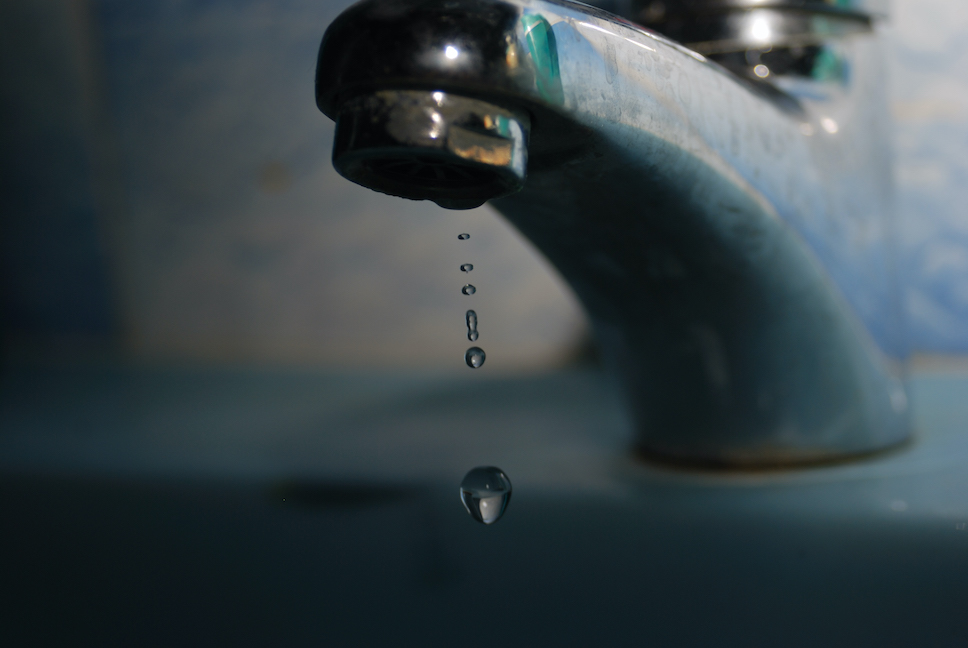Ever left a can of pop in the freezer for too long and its exploded? That’s exactly what happens to your exposed water pipes around your house during the freezing winter months. No matter what ‘strength’ the material of the container is, expanding water can cause metal or plastic pipes to break. Fortunately, frozen pipe bursts can be prevented easily and inexpensively.
In this blog, we’re helping you to avoid frozen water pipes and hopefully side-step those hefty plumbing repair bills.

How do frozen pipes burst? Water freezes when heat in the water is transferred to sub-freezing air. Despite what you think, frozen pipes do not burst where the ice blockage is located nor does the expansion of the ice against the wall of the pipe cause it to break. Instead the continued freezing inside the pipe causes increases downstream water pressure between the ice blockage and a closed tap at the end. Commonly, the pipe bursts where little or no ice has formed.
Pipes are most likely to burst in cold spells when homes are empty for a period of time, such as a holiday. If a property is going to be unoccupied for a while, turn off the water at the stopcock and consider draining down the system so there is no water left in the pipes.
Ideally, the best way to protect pipes from sub-freezing temperatures is by placing them only in heated spaces and out of areas such as crawl spaces, attics and outside walls. Unfortunately, this may not be a practical solution for existing homes. Hence optimal pipe placement being something to bear in mind when overseeing a new build project.
Avoid frozen pipes by paying special attention to water tanks and pipes in unheated areas such as garages and the loft. Lagging material is available at DIY shops to insulate these. Make sure there are no gaps at bends, valves or fittings.
Caulking cracks and holes in walls and foundations near water pipes will keep cold wind away from the pipes. Kitchen and bathroom cabinets can keep warm inside air from reaching pipes under sinks and in adjacent outside walls.
Other simple ways to avoid frozen and burst pipes include:

If your pipes have frozen, you should turn off the water supply at the stopcock and check to see if the pipe has burst immediately. You should also ensure taps are not running or dripping as the water will not drain down the plughole if the pipe is frozen.
Slowly thaw the pipe with hot water bottles or a towel soaked in hot water, starting at the end nearest the tap. You can also use a hair dryer on the lowest setting, but NEVER a naked flame or a blowlamp.
If you do have a burst frozen pipe then turn the water off at the stopcock, open all tapes to reduce flooding and soak up or block off any escaping water with towels.
Then call a qualified plumber who can get you up and running again.
Complheat has years of experience in plumbing maintenance and all work is carried out to comply with current installation regulations, finished to an impressively high-standard.